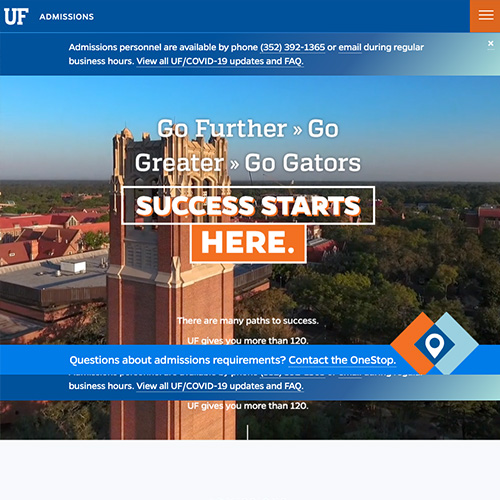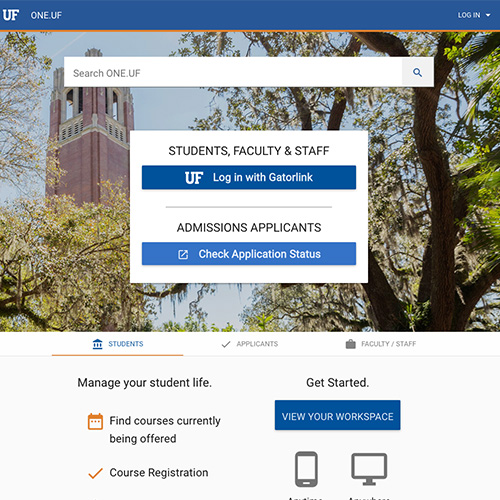FEAP 4a.- Analyzes and applies data from multiple assessments and measures to diagnose students’ learning needs, informs instruction based on those needs, and drives the learning process
Printable Version (.pdf)
|
UNSATISFACTORY |
DEVELOPING |
ACCOMPLISHED |
EXCEPTIONAL |
| The teacher says, “Read your partner’s paper to provide feedback to one another.”
The teacher returns a paper to a struggling student with a lot of corrections all over. (M) The teacher returns the students’ paper three weeks after the assignment. (M) The students do poor on an assignment but the teacher teaches the next assignment the exact same way. |
After reading last nights exit cards with samples of foods that provide healthy fat, I can see we need to revisit healthy fat examples more thoroughly.
The teacher is mindful of limiting their corrections when grading a struggling student’s paper. (M) Students use a computer program that is designed to generate a varied sequence of steps depending on the students’ responses. (M) The teacher passes back the students’ essay with a specific goal for next steps. (M) The teacher comments, “I like your strong introduction. Now try to use that same kind of imagery throughout the paper today.” The teacher says, “Remember that the answers to your math problems are in the back of your book if you get stuck tonight.” (M) After reviewing students academic notebooks, the teacher calls students to her desk for individual conferences. (M) The teacher walks around the class mentally noting students’ level of understanding during independent work time. The teacher says, “Now turn to your neighbor and explain to them how to do exponential notation.” |
The teacher reviews both the student’s test scores and portfolio for the abstract art unit before designing the next set of goals.
The teacher walks around the class with an ipad, noting students’ level of understanding during independent work time. The teacher has a probing discussion with a student asking “How much money made in the community might be used by the community for specific projects.” (M) The teacher takes time to teach students how to provide suggestions to their peers in a supportive manner. (M) The teacher says, “Look at the rubric to decide what skill you want to focus on for this essay.” The teacher says, “Remember that the answers to your math problems are in the back of your book. Please put a star next to the problems that you needed to use the answers to support your completion of that problem.” (M) The teacher says, “Please be sure to attach both your individual and peer assessments with your paper.” The teacher says, “Now give your study buddy feedback as to how well they explained how to do exponential notation.” |
The teacher reviews the student’s weekly tests, unit tests, observational notes and student self-reflection before assigning a grade.
The teacher uses information from her ipad notes to plan instruction for three various groups of students. The teacher reviews student test scores and peer evaluations of the project before assigning groups for the next unit The art teacher notices, through unobtrusive observation, that her student is using brush strokes adaptations beyond what were taught, and notes that in her grade book. (M) You hear the students say, “Wow, look how many more words a minute you read this week.” (M) The teacher says, “Look at the rubric that I returned and the one you filled out on this writing paper to decide what skill you want to focus on for this next essay.” The teacher asks, “If you had problems with questions 3-5, come back to the table so we can try a few more examples together.” The teacher asks the students to fill out a questionnaire asking about the timeliness and effectiveness of their feedback. (M)
|
Where noted, examples based on:
“(D)” – Danielson C. (1996). Enhancing professional practice: A framework for teaching.
Alexandria, Va: Association for Supervision and Curriculum Development.
“(M)” – Marzano, R. J. (2007). The art and science of teaching: A comprehensive
framework for effective instruction. Alexandria, Va: Association for Supervision and Curriculum Development.
Resources:
Student self-assessment tools
http://www.eduplace.com/rdg/res/assess/selfmth.html
Reading assessment ideas
http://www.readingrockets.org/article/11200/
Student Assessment: Measuring Progress Toward Your Goals, Summative and Diagnostic Assessment
http://classweb.gmu.edu/ndabbagh/Resources/IDKB/assess_techniques.htm
http://www.sedl.org/pubs/sedl-letter/v22n02/using-data.html
http://www.sunyorange.edu/assessmentapa/docs/AnalyzingandUtilizingAssessmentData.pdf




